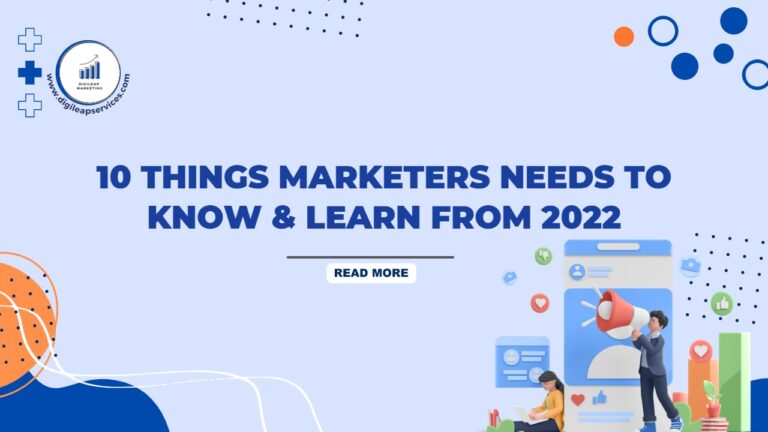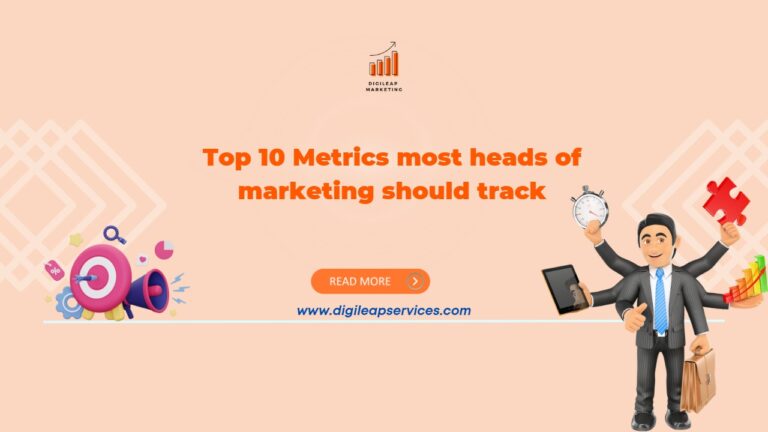How To Do Effective SWOT Analysis For Marketing Campaigns?
SWOT analysis for marketing – How do you assess the success of your marketing campaigns? Do you keep track of ROI? A/B test advertisements to increase performance? Perhaps you make sleek reports using a fancy Google Data Studio dashboard. There’s still a chance you’re wasting money because most organizations assess the effectiveness of marketing after the fact. While measuring the cost per click of your search or social ads is critical, understanding the overall impact of your marketing campaigns can reveal more profound insights into your company.
This is where a SWOT analysis can help. SWOT analysis for marketing initiatives allows you to view the larger picture and address obstacles head-on.
A SWOT analysis is a framework for analyzing and identifying significant business difficulties by considering your strengths, weaknesses, opportunities, and threats. The purpose of SWOT analysis is to acquire a high-level view of the influence of your marketing so you can improve it, not only track stats or see which commercials work better.
Benefits of SWOT analysis
You already know how to track the effectiveness of your efforts if you’ve conducted a Google Ad campaign or boosted a Facebook post. A SWOT analysis goes beyond traditional measures like ROI, CPC, and CAC to reveal the most critical elements influencing your marketing, such as customer happiness, competitors squeezing you out of the market, or failure to promote your assets properly.
That information can be helpful, especially if it is available when you need it the most. According to Airtable, 46 percent of marketers believe a lack of timely data hampers their team. A SWOT analysis can be helpful.
Other advantages of SWOT analysis for marketing include:
- a better understanding of which marketing channels should be prioritized
- assists you in addressing flaws in your advertisements or marketing materials
- makes it easier to identify threats to your initiatives before they become a problem
- influence your bottom line
- allows you to capitalize on your existing assets and strengths
- increases long-term marketing goal setting
The drawback of Swot?
SWOT analysis in marketing has some limitations, as much as I like it. For starters, a SWOT analysis will not deliver meaningful insights if you are not honest about your genuine problems. To be valid, this form of research necessitates self-reflection and honesty.
It can also be challenging to examine exceedingly complicated elements that could be a strength or a weakness. Running advertising on TikTok, for example, may have the highest cost but generate higher quality leads, which might be both a strength and a possible drawback.
Limitations of Swot.
SWOT analysis can be time-consuming. Before you begin, ensure you have the personnel and time to invest. You may become overwhelmed if you develop too many ideas for improving your marketing. It can generate a large amount of data but does not explain how to use that data. Understanding the constraints of a SWOT analysis can assist marketers and business owners better preparing for and increasing their chances of success.
The first stage of a SWOT analysis for marketing is identifying the scope. Do you want to examine your marketing as a whole or a single aspect of your overall marketing strategy? For example, you might want to concentrate solely on your content strategy, SEO, or a specific marketing campaign. Defining the parameters of your investigation helps you stay focused. Keep in mind that no one correct SWOT analysis technique exists because each organization has a unique marketing plan and faces special risks. This guide can help you get started, but feel free to ignore questions that don’t make sense for your organization and add questions that provide a more comprehensive view of your marketing activities.
Look for your marketing flaws.
This is frequently the most challenging aspect of a SWOT analysis. This is because you must be honest with yourself, and it can be difficult to admit where campaigns have fallen short. Begin by posing questions. Again, feel free to modify the language to fit your campaign or overall plan.
Look for Opportunities
My favorite aspect of SWOT is looking for opportunities to improve and expand on past triumphs. Where can you make the most impactful changes? This step will assist you in determining the problem.
Find Potential Threats
Over the years, I’ve discovered that the most successful companies have one thing in common: the capacity to anticipate challenges and respond before they become severe. Many websites, for example, were devastated when Google released its Panda update, which targeted thin and spammy material. Those who anticipated it made preparations and were not as affected. That should be your goal: to spot potential hazards and take action.
Economic trends: What economic trends are likely to impact your industry? For example, rising costs, higher gas prices, a shift to remote work, etc.
Marketing trends: What are the current marketing trends? Google, for example, is phasing out third-party cookies; how will this affect your marketing campaigns?
What technological changes are on the horizon? Automation is becoming more common, but what if anything goes wrong?
Connections: On what relationships, such as brand advocates, vendors, manufacturers, and contractors, do you rely? What would happen to your company if those partnerships ended? Can you start working to lessen the impact right away?
Intuition: What is everyone else doing that, for some reason, feels wrong to you? Investigate why it feels off to you and whether it could pose a hazard in the future.
Audience: Consider your target audience—are they retiring from your market? Is the market contracting or changing?
SWOT Analysis Aids Marketers in Making Better Decisions
After you’ve completed your marketing SWOT analysis, it’s time to put that information to use. How can you strengthen your current abilities? What efforts can you take to mitigate the impact of your flaws? What modifications can you make to capitalize on your discovered marketing opportunities? Finally, how can you prepare for the dangers that await you? This technique gives the knowledge you need to launch more effective marketing efforts, whether you use it to examine your overall marketing strategy or focus on specialized campaigns like content marketing.












